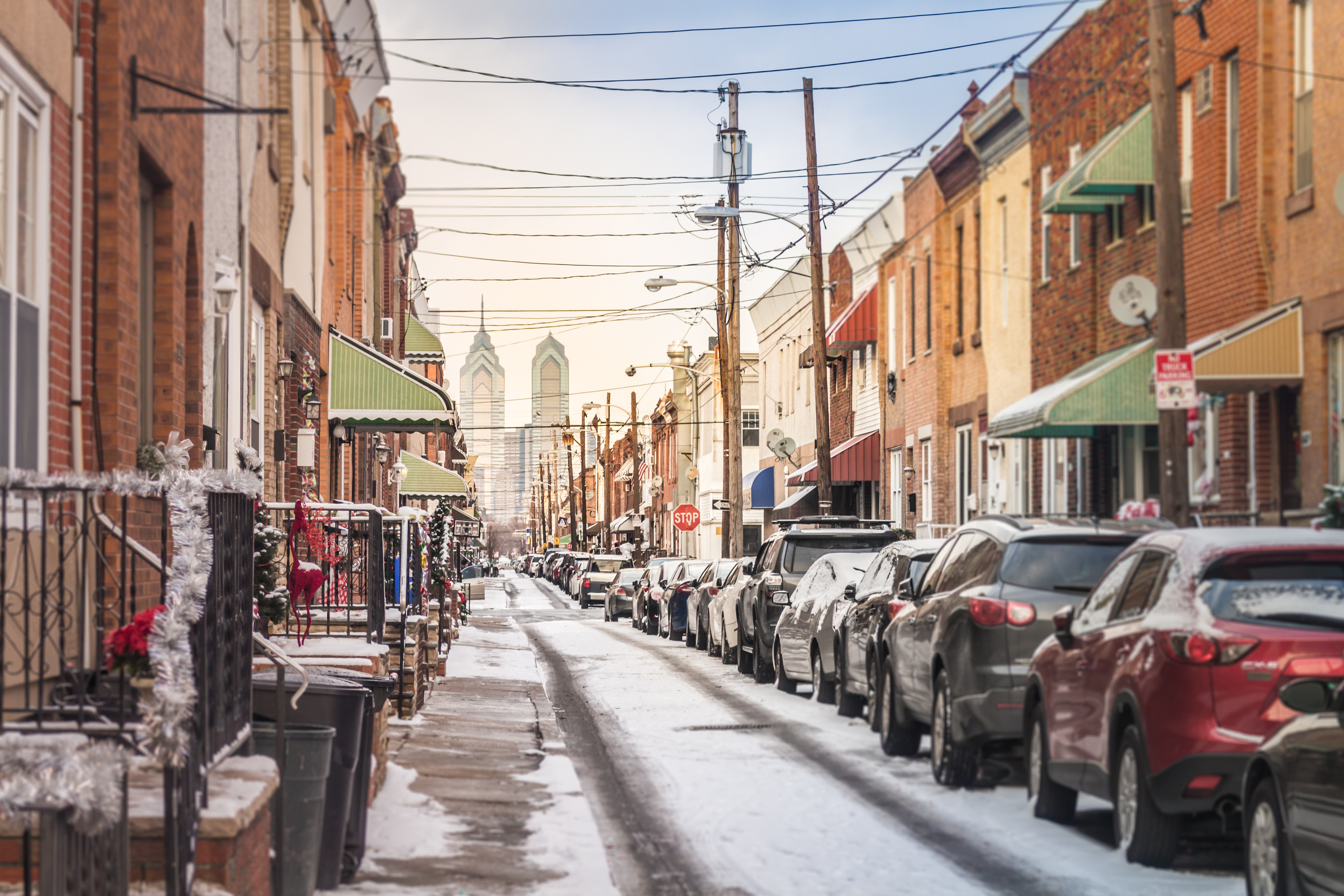Housing Policy Futures

South Philadelphia homes
The Nowak Metro Finance Lab, along with our partners Accelerator for America, the Aspen Institute Latinos and Society Program, and Reinvestment Fund, is leading numerous overlapping projects to understand America’s Housing Policy Futures. The housing market has changed substantially in the beginning of the 21st Century. The United States needs a new set of policies, products, and processes, deployed at the federal, state, and local levels, to confront the new challenges found in the housing market. In order to identify the policies, products, and processes that can best be replicated throughout the US, we have conducted a series of deep-dive reports on the current state of the housing market throughout the US. We are also working with local practitioners to devise playbooks and toolkits that can be used by state and local governments to smartly deploy a suite of funding sources and policy interventions to ensure a more equitable housing future for all. The three paradigms in which we’re working are as follows:
Predatory Capital
The last 30 years has seen a sea change in housing markets in America. Let’s start with homeownership. The subprime crisis of the mid-2000s and the building boom that accompanied it led to inflated home prices and suburban sprawl, including large growth in the Sunbelt. Following the 2008 financial crisis, millions of Americans lost their homes, and hundreds of thousands more found themselves with significantly less home equity than they thought they had. The 2010s were a decade of slow rebuilding, as the homeownership rate only began to rise again in 2016. When the pandemic struck, the housing market went off the rails. Between record-low mortgage rates, pent-up savings from millennials, and a demand to exit city living, house prices soared.
Something else was brewing, too, however. Following the financial crisis, hundreds of thousands of single-family homes were purchased by ‘institutional investors,’ like hedge funds, private equity firms, and real estate investment trusts (REITs). These new entrants to the market saw an opportunity: rock-bottom prices; a forthcoming demand for rentals in single family neighborhoods, as those who previously owned or hoped to own saw those hopes evaporate; and a changing technological landscape that allowed for management at-a-distance. These institutional investors snapped up entire neighborhoods and subdivisions that had been foreclosed upon or never went up for sale. AirBnB, and tech platforms like it, allowed for small-time investors to enter the rental market too. We call them the new slumlords.
The numbers are stark: according to the US Census Bureau, in 1991, the vast majority of America’s rental properties were owned by individual investors who own property registered in their own name, also known as sole proprietors. These individual investors owned 92 percent of the rental properties in the US, and approximately 77 percent of the units. However, large apartment buildings were mostly owned by limited and general partnerships. As of 2018, the most recent year for which national data is available, individual investors owned only 75 percent of rental properties in America, and only 41 percent of units. At the same time, the number of people reporting rental income to the IRS has nearly doubled, highlighting the dual changes in the rental market: bigger, institutional investors, combined with more overall landlords, converting owner-occupied homes into long- and short-term rentals.
Infrastructure Investment
The Obama Administration, and now the Biden Administration, has made central-city infrastructure investments a core part of their agendas. From money for bus rapid transit, new light rail, and subway construction; TIGER grants; and the new Reconnecting Communities Program, cities are seeing federal investments to improve the lives of residents in ways that reduce car dependency, increase accessibility, and aim to combat historical injustices that have been wrought by transit investment in the past.
At the same time, however, we worry that the combination of parasitic capital and infrastructure investment may accentuate wealth inequality in America. The land value appreciation associated with transit investment has always gone to nearby property investments. It’s never been a particularly equitable arrangement, as tenants saw rents increase, and speculators profited from well-placed bets purchased before the infrastructure was announced. The increased concentration and inequality in the residential housing market, however, means that these infrastructure investments will contribute even more greatly to wealth inequality. It’s time for a new regime of land value capture in America.
Neighborhood Change
While housing markets were changing, neighborhoods were changing too. The 21st century has seen a return-to-the-city of educated, “creative class,” workers. Technology centers like San Francisco and Boston have seen housing prices skyrocket, following high-paying jobs. Entirely new neighborhoods have risen on formerly industrial land: from New York City’s Hudson Yard’s to Pittsburgh’s Strip District. New transit lines, like Washington, D.C.’s H-Street Street Car and Detroit’s QLine have brought increased investment — and displacement — to neighborhoods that are now more attractive. Gentrification by new residents has meant neighborhood change in inner cities, where formerly moderately-priced housing has been upgraded, and formerly low- and moderate-income residents have been replaced by a new generation of whiter, wealthier residents.
These forces have combined to result in a serious demographic shift. Central cities are losing Black residents. More cities are becoming more expensive, even as their inner-ring suburbs now become sites of poverty. The pandemic has hollowed out downtowns, while remote workers have flooded smaller cities and towns, leading to astronomical increases in rent in places like Boise and Fresno. Our federal, state, and local responses to these changes have been tepid. Land banks and community land trusts have sprung up in hundreds of cities, but they own a fraction of a fraction of the market.